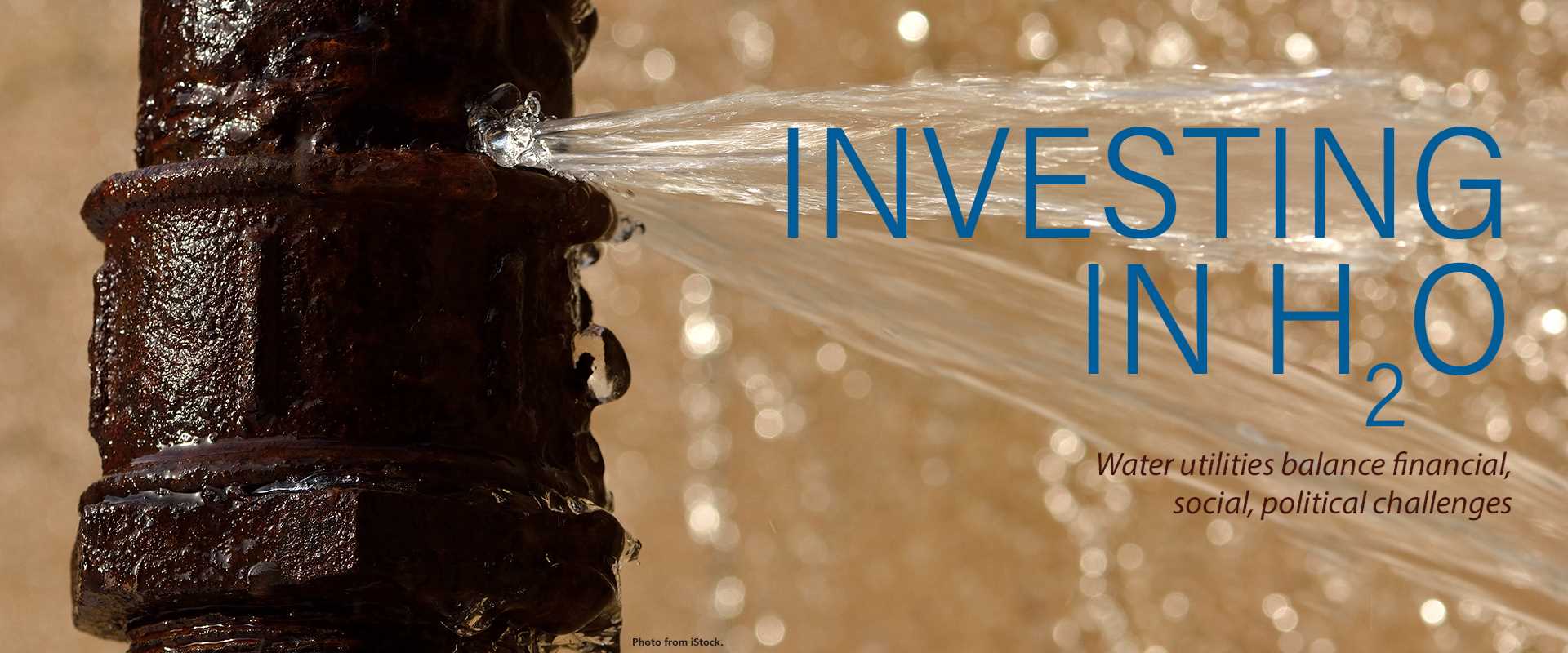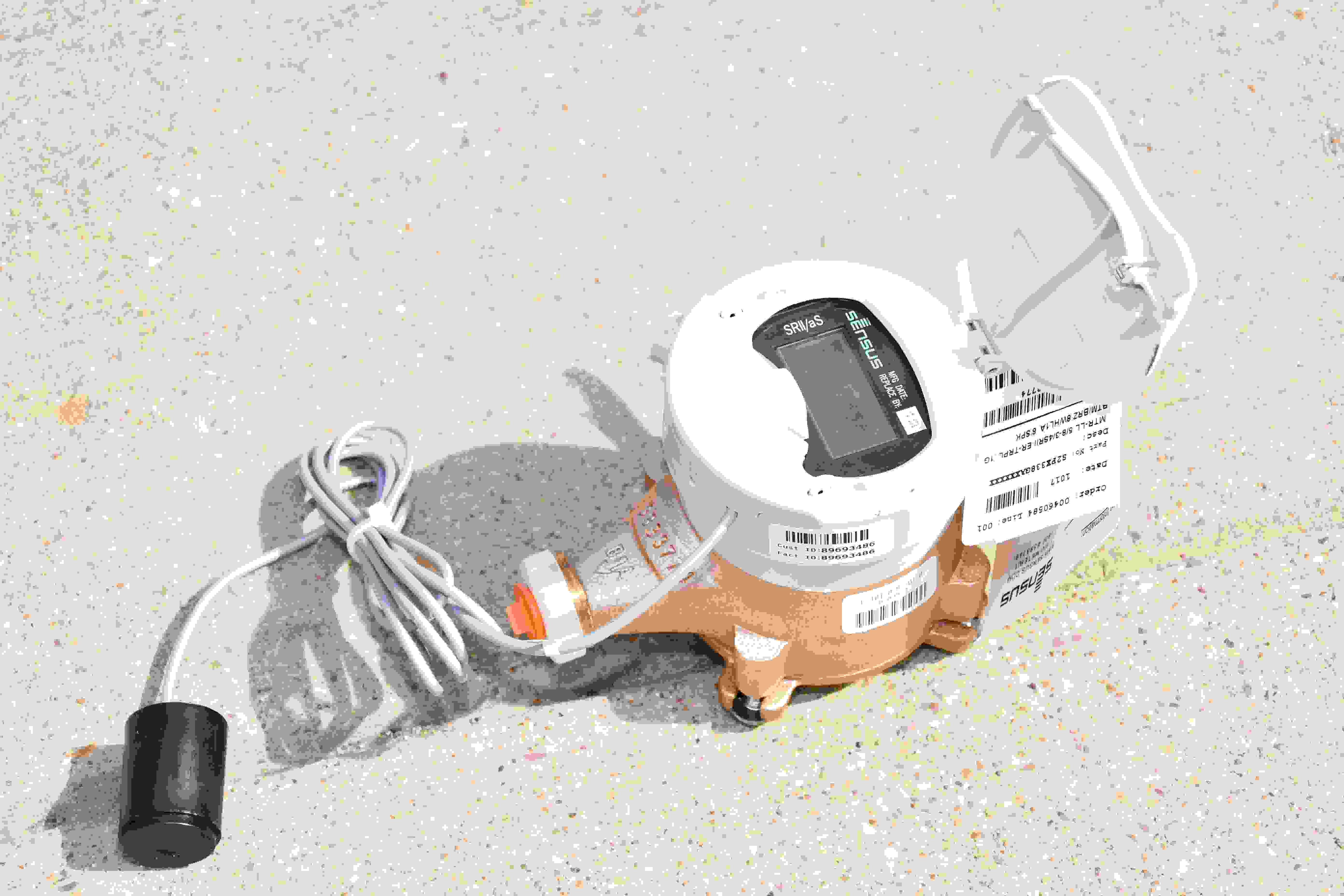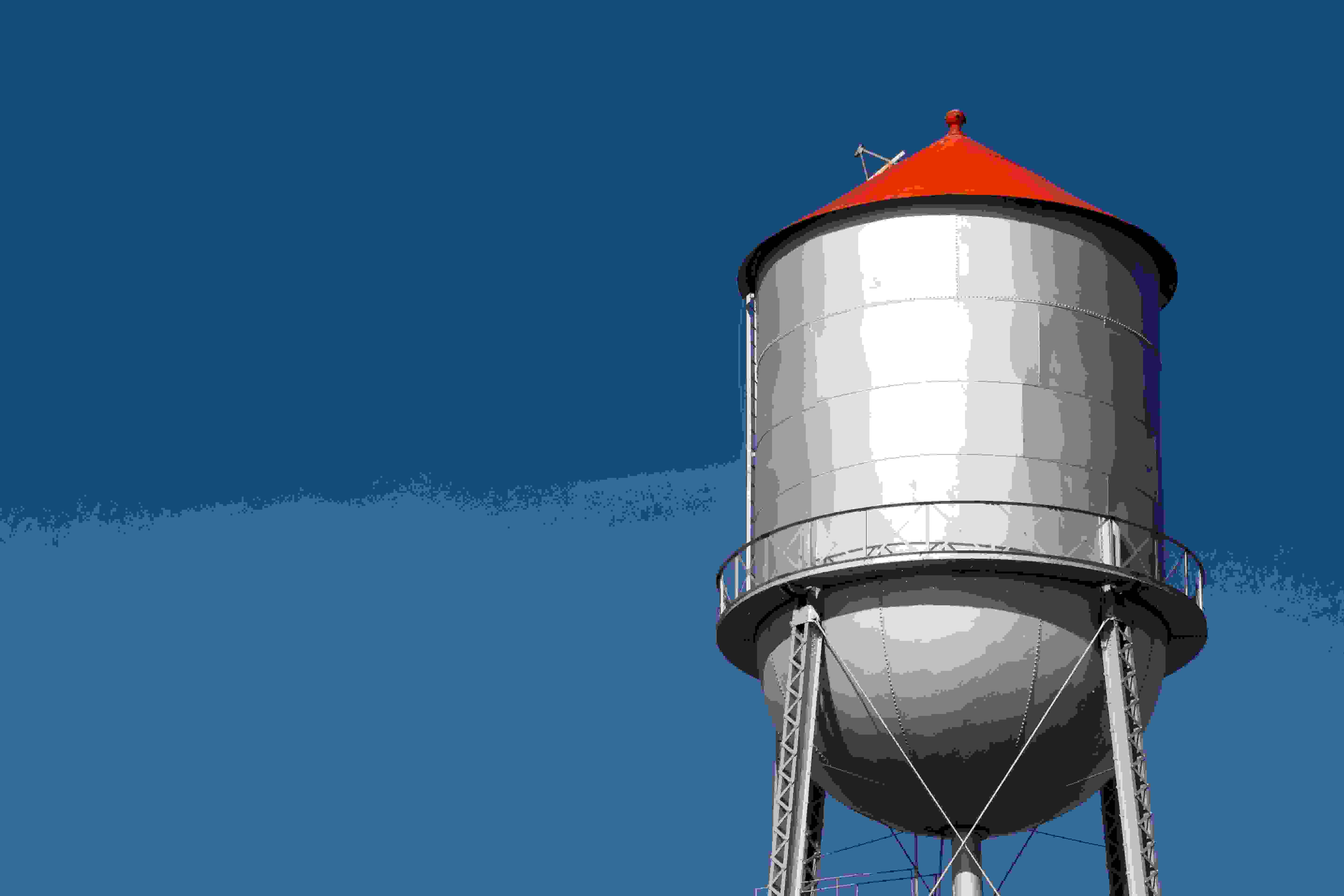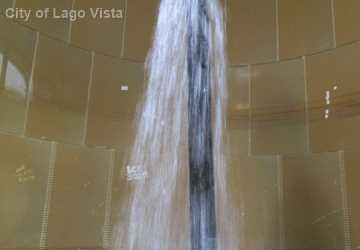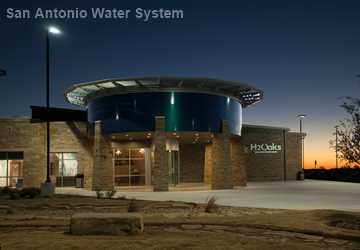A growing population combined with aging infrastructure and new water treatment technologies are challenges water utilities all across the country face. Many times resolving those concerns comes down to money.
Intertwined into the financial challenge, though, are the social and political consequences of raising the needed revenue. How do water utilities balance the need for revenue while keeping water affordable?
Funding new, replacing old infrastructure
According to the American Water Works Association’s 2018 State of the Water Industry report, financing for capital improvements is the No. 2 issue facing the water industry with replacing aging infrastructure topping the list. Texas water experts agree.
Dr. Robert Greer, assistant professor in Texas A&M University’s Bush School of Government and Public Service, said one of the main reasons funding infrastructure is such a challenge for water utilities is because they are the primary entities responsible for paying for the infrastructure.
“In the United States, it disproportionately falls on state and mostly local governments to identify what infrastructure requirements are needed, both for new construction and maintenance of existing infrastructure, and to develop ways to finance those projects,” Greer said.
Water utilities have to balance the financial challenges along with the social and political consequences of raising the needed revenue to replace infrastructure.
More information
- TWDB Financial Assistance Programs
- The institutional politics of water conservation, Journal AWWA
- Drink what you can pay for: Financing infrastructure in a fragmented water system, Urban Studies
Want to get txH20 delivered right to your inbox? Click to subscribe.
There are limited funds through the federal government to pay for infrastructure. For instance, the Water Infrastructure Finance and Innovation Act provides long-term, low-cost supplemental loans for regionally and nationally significant projects, according to the U.S. Environmental Protection Agency’s (EPA) website.
In the United States, it disproportionately falls on state and mostly local governments to identify what infrastructure requirements are needed, both for new construction and maintenance of existing infrastructure, and to develop ways to finance those projects.
The Texas Water Development Board (TWDB) offers a few grants and several loan programs for water utilities to help finance their projects. For example, the Drinking Water State Revolving Fund, funded by EPA with matching state dollars, provides low-cost financial assistance for planning, acquisition, design and construction of water infrastructure, and the Rural Water Assistance Fund helps small rural utilities obtain low-cost financing for water and wastewater projects. The State Water Implementation Fund for Texas, or SWIFT, provides low-interest loans for projects in the state water plan. As of February 2019, TWDB had made more than 5,145 financial commitments for approximately $27.8 billion since the agency’s inception in 1957, according to TWDB’s website.
Jessica Zuba, TWDB’s deputy executive administrator for water supply and infrastructure, said the advantage of water utilities coming to TWDB is that those entities get the benefit of the state’s AAA bond rating, saving them money.
“The water utilities are getting a better interest rate than they would have gotten had they gone out to the market themselves and sold bonds,” Zuba said. “With our state revolving fund programs, we partner with EPA, and those programs allow us to offer even further subsidized interest rates.”
Revenue volatility: Planning for that rainy (or dry) day
Revenue volatility, or the lack of revenue stability, is another challenge for water utilities.
Some water utilities can issue bonds to pay for capital improvements, and some water districts have property tax authority where some of the taxes can be used to pay for improvements. But for the most part, water utilities pay for these capital improvement projects through revenue from the sale of water and wastewater fees.
Zuba said one of the bigger issues TWDB is seeing is how entities are trying to update their aging infrastructure and how that fits into their current rate structure or how they communicate to their constituents about rates if they have to raise them, particularly if rates have been static for a while.
Most Texas utilities use the inclining block rate, where the more water customers use, the more they pay. This type of rate structure tends to help customers conserve water but can also decrease revenue.
Dr. Manny Teodoro, associate professor in Texas A&M’s Department of Political Science, said some utilities managers are reluctant to rely on inclining block rates because they worry about reduced revenue if customers are more efficient with their water use.
For example, extreme drought and rainfall both can potentially reduce water utilities’ revenue because people use less water during both of these weather events, and utilities have to manage for these uncertain environmental factors and the loss of revenue while their costs may remain fixed.
Utilities have to pay for the infrastructure, Greer said, whether “it’s rain or shine with a flood or drought.”
With our state revolving fund programs, we partner with EPA, and those programs allow us to offer even further subsidized interest rates.
Jessica ZubaFor water districts and utilities with taxing authority, Greer said those taxes can be used to offset total reliance on the fees from delivering water or wastewater services.
“If the district is solely relying on fees from the sale of water to fund all of its operations and fund all of its infrastructure, then it’s under increased or higher levels of pressure and more fiscal constraints,” he said.
Greer said he and some colleagues looked at mandatory water restrictions and the correlation to revenues during the 2011 drought. What they found was that entities that had greater fiscal capacity — meaning they had more revenue and lower levels of debt — were faster to implement these mandatory restrictions.
“Those that had reduced fiscal capacity — lower revenues and higher levels of debt — were slower to implement these mandatory restrictions,” he said.
“We need to create ways that will allow utility managers to manage that financial risk,” said Teodoro of this revenue volatility. “Ideally what we would like to do is have every utility keep big financial reserves so that it can manage those things.”
When water sales are up, the utility would save the money; when sales are down, it would draw that money out to operate the utility.
Those that had reduced fiscal capacity — lower revenues and higher levels of debt — were slower to implement these mandatory restrictions.
“It is not that simple though,” Teodoro said. “The reason it’s not that simple is that elected officials do not like it when utilities are sitting on enormous financial reserves. Ultimately, the problem is political. It’s not about the finances, it’s about the politics.”
Affordability program versus rate structure
Raising rates might be a burden to the lower income customers, so many cities offer assistance or affordability programs.
For example, the San Antonio Water System offers an assistance program, Uplift, which provides access to 14 different initiatives to help with paying monthly water bills, including an option that offers disabled veterans a payment extension on their monthly bill. El Paso Water collaborates with Amistad, a non-profit agency, to offer an assistance program, AguaCares, for customers over 65, facing financial hardship and at risk of being disconnected from water service.

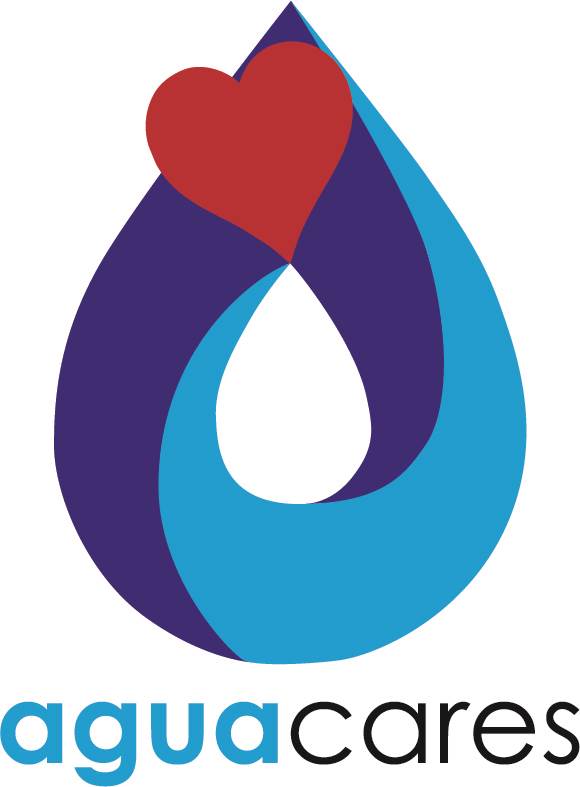
While not against assistance programs, Teodoro said he believes keeping rates affordable for residents who use very conservative amounts of water is the first and more sensible approach to addressing affordability.
He relates the problem of unaffordable water to a disease.
“If you think about the problem of unaffordable water as a disease, then the assistance program is like therapy; it’s like taking a drug or getting an operation,” he said. “Addressing affordability through rate structures is like an immunization program, an inoculation.”
Vaccines are the most cost-effective way of preventing a disease, and low rates are the most cost-effective way of making water affordable, he said.
Sponsoring affordability programs involves tremendous effort and administration for both the customer and the utility and comes with some barriers. Teodoro said customers have to be aware of and apply for the program and the utility has to administer it and deliver the benefit, either by bill reduction or direct cash payment. The program periodically has to be audited.
“Even in the best of circumstances, these programs are only going to reach maybe 80 to 85 percent of the eligible population,” Teodoro said. “And in a lot of cases they are going to reach a lot fewer than that.”
Instead, Teodoro said, if the utility keeps the price for basic indoor water use — the water needed for cooking, cleaning, drinking and sanitation — low, it becomes affordable for everyone.
“I’m not suggesting to keep rates low across the board,” he said. “I’m saying that the price of water for residential use at a very conservative level ought to be affordable. Water rates for high volumes of water use — especially during periods of peak demand — should be higher.”
Teodoro said a common narrative is that conservation and efficiency come into conflict with affordability.
“There’s this idea that we have to charge a lot of money for water so people will use it efficiently,” he said. “But if we do that, that’s bad for affordability. I don’t think those two goals are really in conflict. If you price things properly and keep prices low for essential use and high for discretionary use, you can achieve both efficiency and affordability at the same time.”
I’m saying that the price of water for residential use at a very conservative level ought to be affordable. Water rates for high volumes of water use — especially during periods of peak demand — should be higher.
The need for communication
When it comes to raising rates to fund new projects, the experts agreed that communicating the value and price of water, not only to the customers but also to local politicians, is key to acceptance.
“I think one common misconception is who the average person thinks is supplying their water,” Greer said, adding that most think they get their water from the city. “It may be the city, but there’s a good chance it’s not the city but a special district that overlaps with city boundaries.”
When water rates go up, people might get angry at the city, but it may not actually be the city raising those rates, he said.
Teodoro said the best utility managers manage up. “They manage the relationship with their elected officials so that their elected officials understand what they’re doing. They don’t just show up when they want a rate increase.”
Teodoro said having adequate and affordable drinking water and sanitation is the very definition of human development.
“If you ask most people, they recognize water and sewer systems are the most important things that we have,” he said. “It’s incumbent upon the folks in the water sector and folks like me to explain it and come up with creative solutions,” he said. “I think there are solutions. There are things that we can do; it is just going to take some creativity. We have to make it a priority.”
Explore this Issue
Authors
As the former communications manager for TWRI, Kathy Wythe provided leadership for the institute's communications, including a magazine, newsletters, brochures, social media, media relations and special projects.

